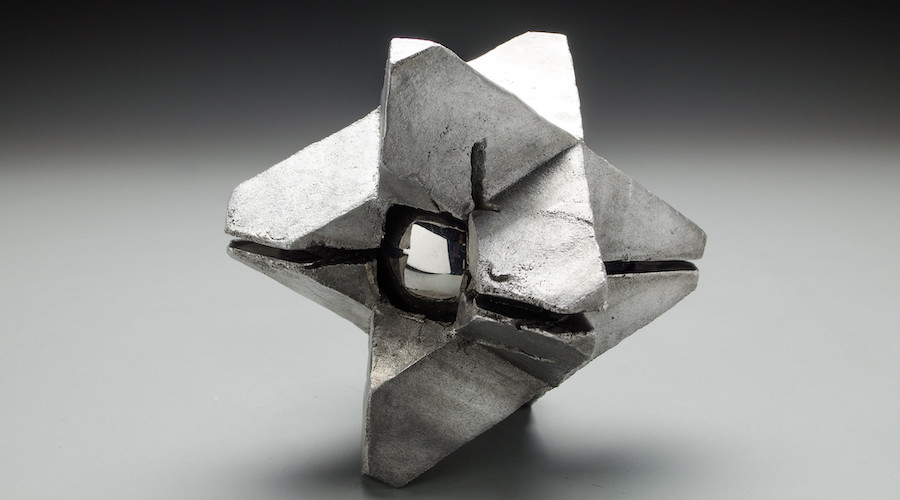Scientists working on improving aluminium batteries

Researchers from Sweden’s Chalmers University of Technology and Slovenia’s National Institute of Chemistry are working on a new concept for an aluminium battery that has twice the energy density as previous versions and could lead to reduced production costs and environmental impact.
“The material costs and environmental impacts that we envisage from our new concept are much lower than what we see today, making them feasible for large scale usage, such as solar cell parks, or storage of wind energy,” said Patrik Johansson, a professor at the Department of Physics at Chalmers.
So far, there are no commercially available aluminium batteries
Johansson said that previous designs for aluminium batteries have used the aluminium as the anode or negative electrode – and graphite as the cathode, or positive electrode. But graphite provides too low an energy content to create battery cells with enough performance to be useful.
In the new concept, however, the graphite has been replaced by an organic, nanostructured cathode, made of the carbon-based molecule anthraquinone.
The advantage of this organic molecule in the cathode material is that it enables storage of positive charge-carriers from the electrolyte, the solution in which ions move between the electrodes, which make possible higher energy density in the battery.
“Because the new cathode material makes it possible to use a more appropriate charge-carrier, the batteries can make better usage of aluminium’s potential,” said Niklas Lindahl, another researcher involved with the project. “Now, we are continuing the work by looking for an even better electrolyte. The current version contains chlorine – we want to get rid of that.”
The scientists believe aluminium batteries could eventually replace lithium-ion batteries or be complementary so that the latter are only used when strictly necessary.
{{ commodity.name }}
{{ post.title }}
{{ post.date }}

Comments
AlCircle
Aluminium batteries have one of the highest energy densities of all batteries, but still but they are not widely used because of cost. Aluminium batteries are better than lithium one, because it is more abundant than lithium.